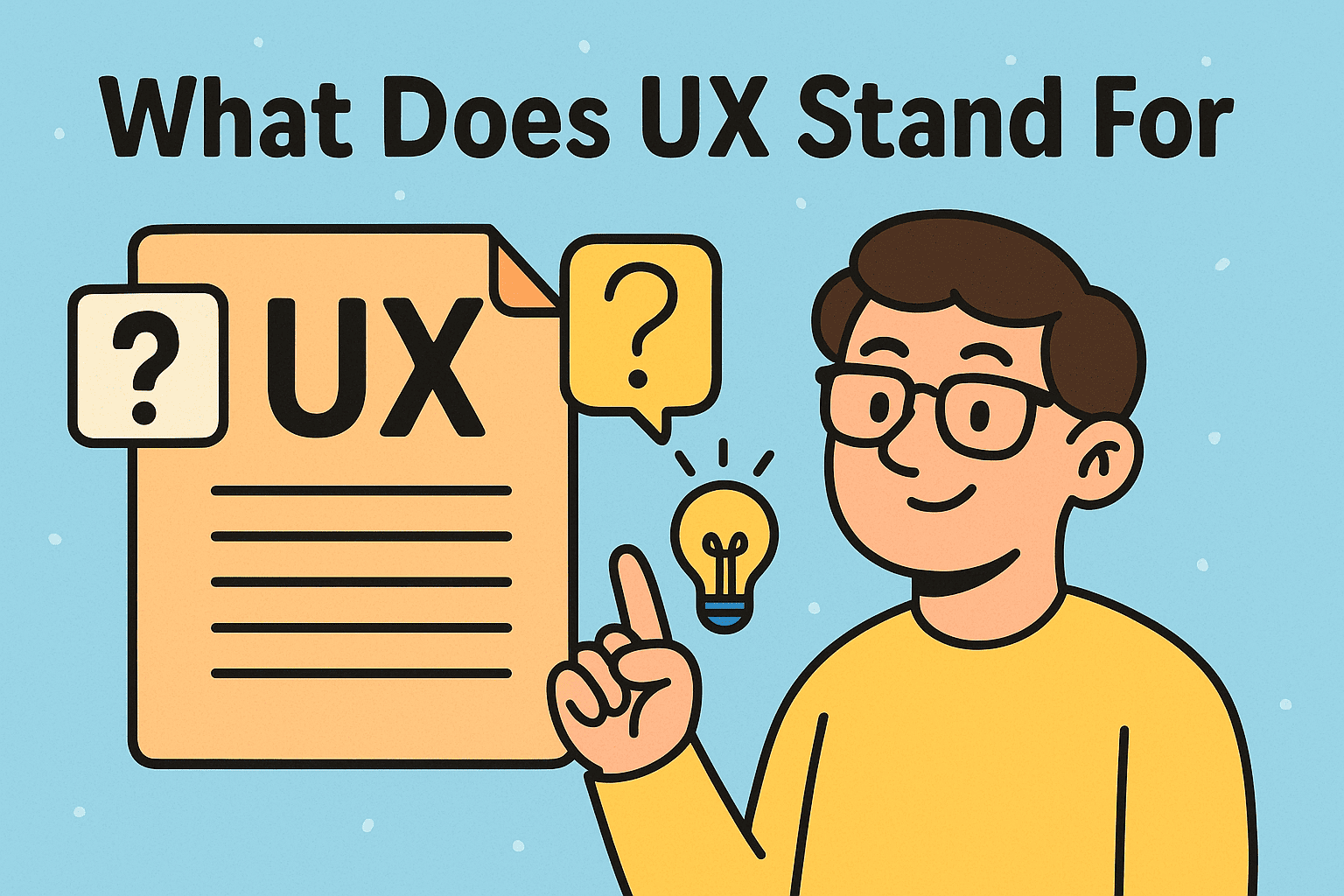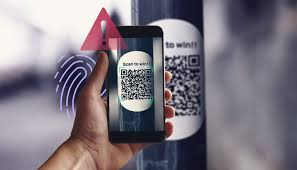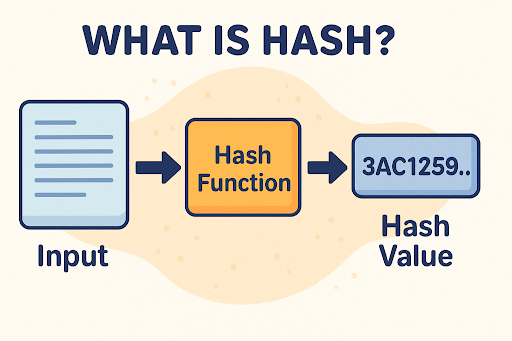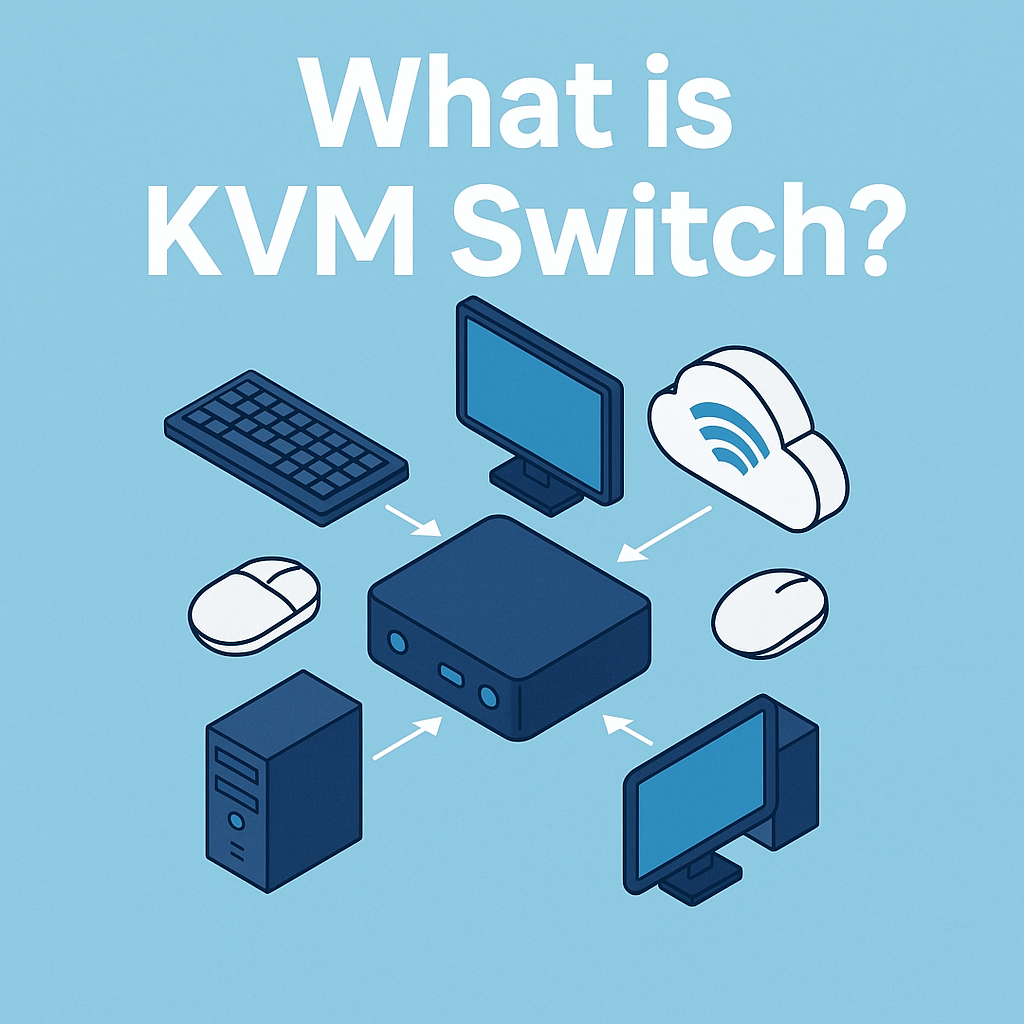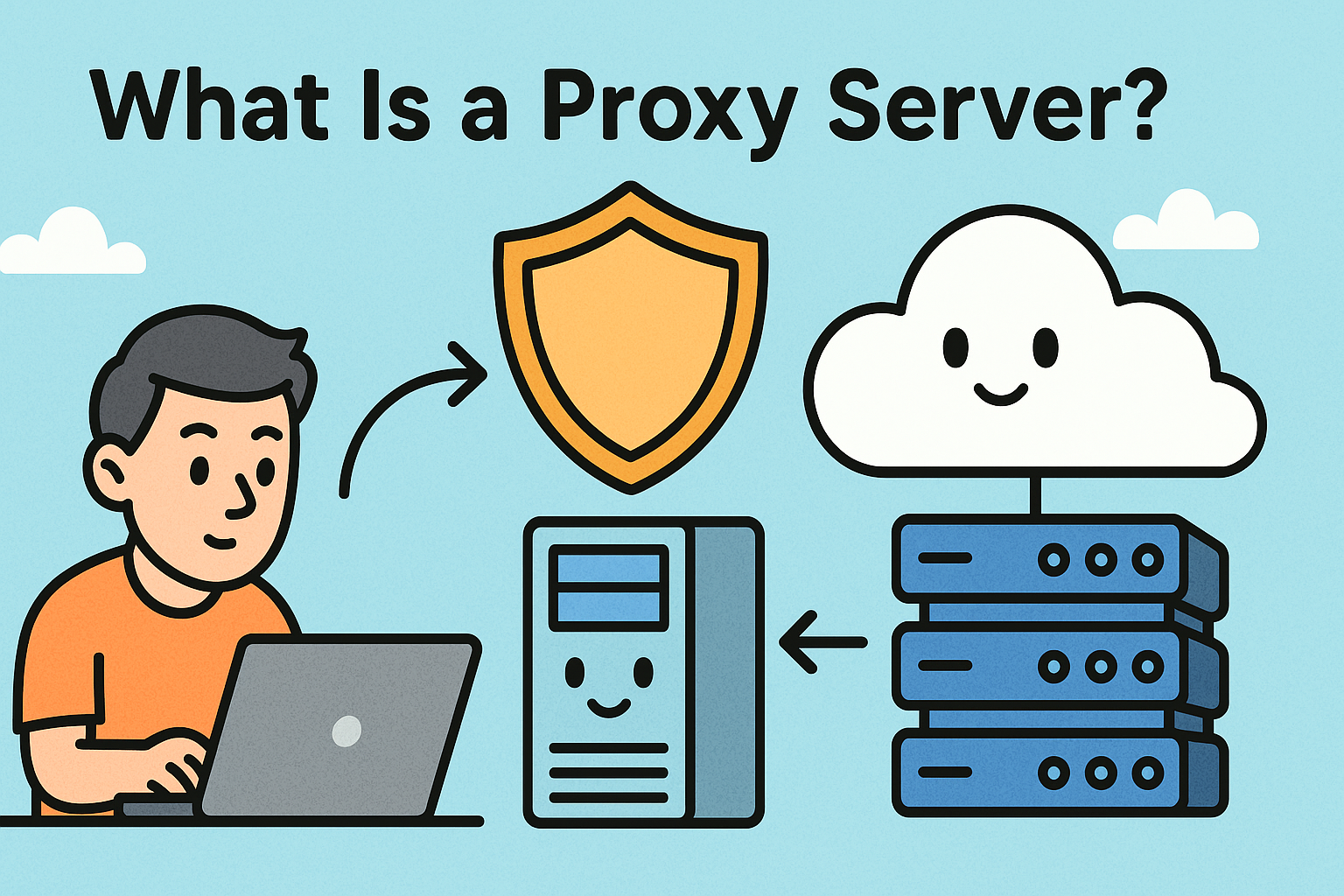What Is SSE? The Complete Conversational Guide to Secure Service Edge in 2026
Updated on November 19, 2025, by Xcitium
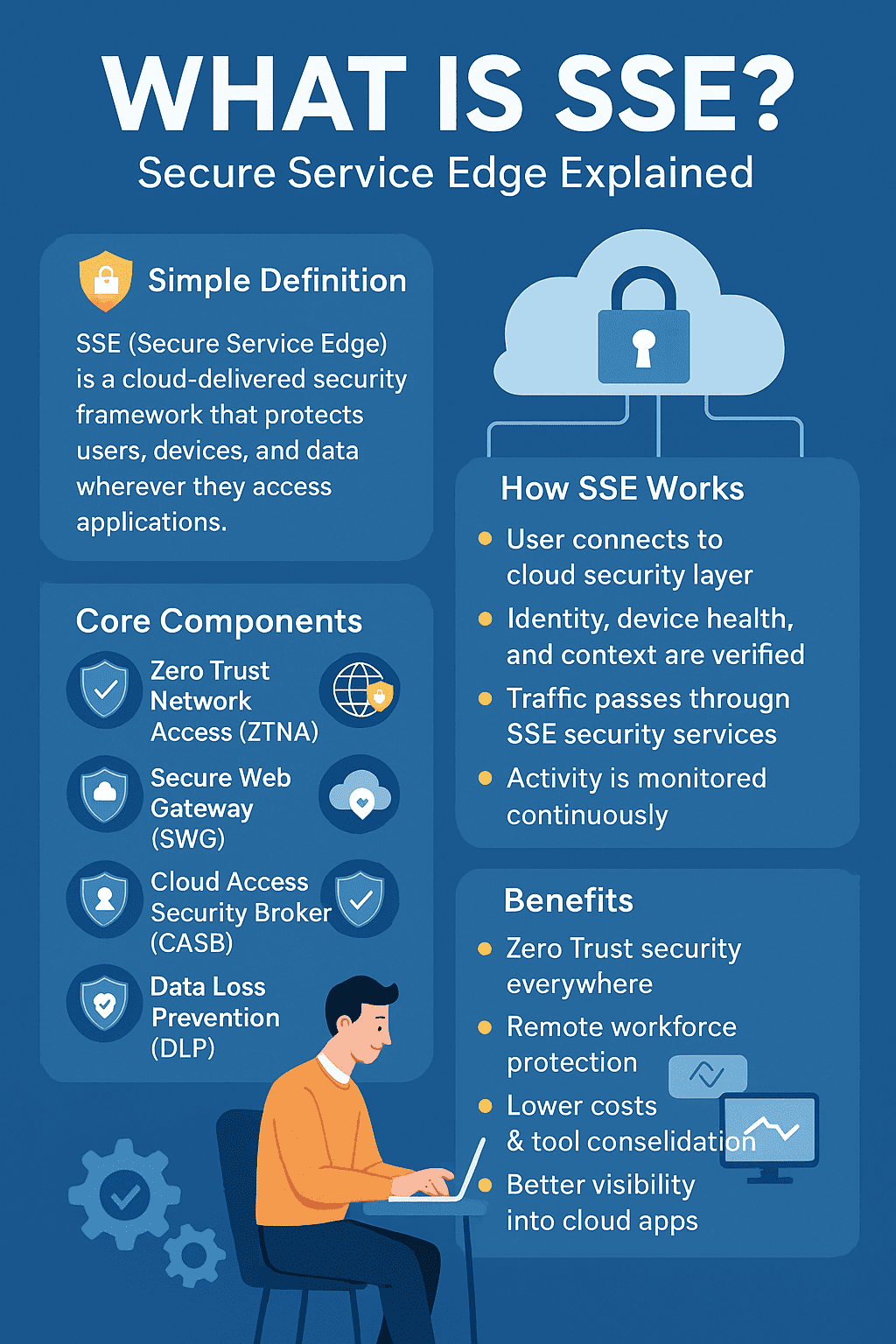
If you’ve been following cybersecurity trends lately, you’ve probably heard the acronym SSE everywhere—from analyst reports to vendor websites. And if you’ve wondered what is SSE and why it’s suddenly a must-have for modern businesses, you’re in the right place.
Organizations today are dealing with more remote workers, more cloud-based apps, more cyber threats, and more complex networks than ever before. Traditional security tools can’t keep up. That’s where Secure Service Edge (SSE) comes in—a modern approach to cybersecurity designed for distributed workforces, hybrid cloud environments, and zero-trust networks.
In this friendly, easy-to-understand guide, we’ll break down what SSE is, how it works, its components, why businesses are adopting it, and how it strengthens cybersecurity across every device and location.
Let’s make SSE simple.
What Is SSE? (Simple Definition)
SSE (Secure Service Edge) is a cloud-delivered security framework that protects users, devices, and data wherever they access applications—whether in the office, at home, or on the go.
Gartner defines SSE as the security half of the SASE (Secure Access Service Edge) architecture. While SASE combines networking + security, SSE focuses entirely on security services delivered from the cloud.
SSE typically includes:
-
Zero Trust Network Access (ZTNA)
-
Secure Web Gateway (SWG)
-
Cloud Access Security Broker (CASB)
-
Data Loss Prevention (DLP)
-
Firewall-as-a-Service (FWaaS)
-
Threat protection
In short: SSE gives your business a unified, cloud-based security layer that protects access to the internet, SaaS apps, and private applications—without relying on old VPNs or hardware appliances.
Why SSE Matters in 2026
Cybersecurity is no longer about protecting one office network. Instead, organizations now deal with:
-
Remote and hybrid workers
-
Global teams
-
BYOD devices
-
SaaS sprawl
-
Cloud data storage
-
Evolving cyber threats
This new reality makes perimeter-based security outdated. SSE solves this problem by delivering security from the cloud, directly to users—no matter where they are.
SSE benefits include:
✔ Stronger protection for remote workers
✔ Better visibility into cloud apps
✔ Unified security policies
✔ Reduced attack surface
✔ Lower cost compared to hardware
✔ Eliminates VPN bottlenecks
✔ Zero-trust access to applications
SSE is built for the modern workforce—and that’s why it’s growing rapidly worldwide.
🧩 Core Components of SSE (Secure Service Edge)
To understand what is SSE, you need to understand its core building blocks.
1. Zero Trust Network Access (ZTNA)
Replaces traditional VPNs with identity-based access.
What ZTNA does:
-
Authenticates every user
-
Evaluates device posture
-
Verifies context
-
Provides least-privilege access
Why it matters:
Old VPNs give users too much access.
ZTNA gives users only what they need.
2. Secure Web Gateway (SWG)
Protects users from malicious websites, phishing pages, and risky downloads.
SWG capabilities:
-
URL filtering
-
Malware scanning
-
SSL inspection
-
Real-time threat protection
This keeps browsers safe across any network—home, office, or public Wi-Fi.
3. Cloud Access Security Broker (CASB)
Provides visibility and control over cloud apps like:
-
Microsoft 365
-
Google Workspace
-
Salesforce
-
Dropbox
-
Slack
-
Zoom
CASB prevents:
-
Shadow IT
-
Data leaks
-
Unsafe cloud usage
CASB is essential as businesses adopt hundreds of SaaS apps.
4. Data Loss Prevention (DLP)
Controls how sensitive data moves inside and outside your organization.
DLP protects:
-
PII
-
Financial data
-
Medical records
-
Intellectual property
DLP policies enforce data governance automatically.
5. Firewall-as-a-Service (FWaaS)
Moves traditional firewall capabilities to the cloud.
FWaaS includes:
-
Traffic filtering
-
Policy management
-
Intrusion detection
-
Application control
FWaaS simplifies firewall operations and supports distributed environments.
🧭 How SSE Works (Easy Breakdown)
Here’s how SSE operates behind the scenes:
1. User connects to the cloud security layer
Whether they’re on a laptop, phone, or tablet.
2. Identity, device health, and context are verified
Zero trust ensures no automatic trust—ever.
3. Traffic passes through SSE security services
SWG, CASB, ZTNA, and DLP inspect and enforce policies.
4. User connects to SaaS, internet, or private apps
Safely, efficiently, and without traditional VPN bottlenecks.
5. Activity is monitored continuously
Threats are blocked in real time.
SSE delivers a single, unified security edge for the entire organization.
🔐 Why Businesses Are Switching to SSE
SSE adoption has skyrocketed because it solves so many long-standing problems.
✔ VPNs are slow and insecure
Hackers frequently target VPNs, and they hurt productivity.
✔ Employees work from anywhere
Hotels, home networks, coffee shops—all risky.
✔ Organizations use 100+ SaaS apps
CASB controls this growing cloud footprint.
✔ Cyberattacks are more sophisticated
SSE adds layers of defense at every connection point.
✔ IT teams are overwhelmed
SSE consolidates multiple tools into one platform.
This shift makes SSE one of the most important cybersecurity investments today.
🚀 Benefits of SSE for Modern Organizations
Let’s break down the key benefits.
⭐ 1. Zero-Trust Security Everywhere
Identity-based security prevents lateral movement and unauthorized access.
⭐ 2. Superior Remote Workforce Protection
Employees don’t need VPNs or corporate networks.
⭐ 3. Lower Costs & Tool Consolidation
SSE replaces:
-
VPN
-
Proxy servers
-
On-prem firewalls
-
Cloud security tools
-
Data protection tools
⭐ 4. Unified Security Policies
One dashboard for policies across devices, users, and cloud apps.
⭐ 5. Scalability for Global Teams
SSE grows with your users without adding hardware.
⭐ 6. Better Visibility Into SaaS & Cloud Apps
CASB identifies shadow IT and risky cloud activities.
⭐ 7. Stronger Protection Against Modern Threats
SSE blocks:
-
Ransomware
-
Phishing
-
Malware
-
Data exfiltration
-
Insider threats
It’s built for today’s cybersecurity challenges.
🛠️ SSE vs SASE: What’s the Difference?
People often confuse the two.
✔ SSE = Security Only
(ZTNA + SWG + CASB + DLP + FWaaS)
✔ SASE = Networking + Security
(SD-WAN + SSE)
Think of SSE as the security half of SASE.
🧪 SSE Use Cases (Real-World Examples)
Businesses use SSE for:
✔ Securing remote workers
✔ Preventing data leaks
✔ Replacing legacy VPNs
✔ Monitoring SaaS usage
✔ Enforcing zero trust globally
✔ Protecting cloud apps
✔ Securing unmanaged devices
✔ Ensuring compliance
SSE is practical, flexible, and future-ready.
🏗️ How to Implement SSE (Step-by-Step)
Here’s a roadmap IT teams follow.
1. Assess your current environment
Identify tools, gaps, and vulnerabilities.
2. Replace VPN with ZTNA
Start with the biggest improvement.
3. Deploy Secure Web Gateway
Block malicious traffic everywhere.
4. Add CASB for cloud visibility
Monitor and control SaaS usage.
5. Implement DLP policies
Protect sensitive data.
6. Enable continuous monitoring
Use EDR and network analytics to track threats.
7. Train users
Human error is still the #1 cause of breaches.
🔐 Security Tools That Complement SSE
SSE covers access and cloud security, but endpoint protection remains critical.
Tools that combine perfectly with SSE include:
✔ EDR (Endpoint Detection & Response)
Monitors malware, exploits, and suspicious behavior.
Recommended: Xcitium OpenEDR
✔ SIEM
Collects logs and correlates threats.
✔ Identity Management
Strengthens authentication and access control.
Together, SSE + EDR + Zero Trust create a complete security ecosystem.
🌐 Best Practices for Using SSE
To maximize SSE benefits:
✔ Adopt zero-trust policies
✔ Enforce MFA across all access points
✔ Monitor cloud usage continuously
✔ Automate threat detection
✔ Train your workforce
✔ Apply least-privilege access
✔ Leverage DLP to protect sensitive data
✔ Keep identity controls updated
🎯 Conclusion: SSE Is the Future of Modern Cybersecurity
If you’re still wondering what is SSE, think of it as the modern security architecture designed for the modern workplace. It protects users, data, and devices no matter where they are—without the limitations of old-school firewalls or VPNs.
In 2025 and beyond, SSE isn’t just a trend.
It’s becoming the new security standard for organizations of every size.
🔐 Protect Every Endpoint With Xcitium (FREE Demo)
Strengthen your SSE strategy with enterprise-grade endpoint security.
👉 https://www.xcitium.com/request-demo/
❓ FAQs About SSE
1. What is SSE in cybersecurity?
SSE (Secure Service Edge) is a cloud-delivered security framework that protects remote users, cloud apps, and data.
2. How is SSE different from SASE?
SSE focuses only on security, while SASE includes networking (SD-WAN + SSE).
3. Does SSE replace VPNs?
Yes. SSE’s ZTNA provides safer, faster, and more granular access than traditional VPNs.
4. Is SSE good for remote workers?
Absolutely. SSE protects users anywhere without relying on corporate networks.
5. What tools work with SSE?
EDR, SIEM, IAM, CASB, DLP, and SWG tools complement and enhance SSE.




